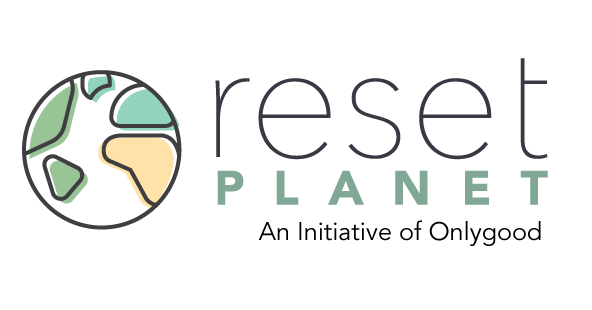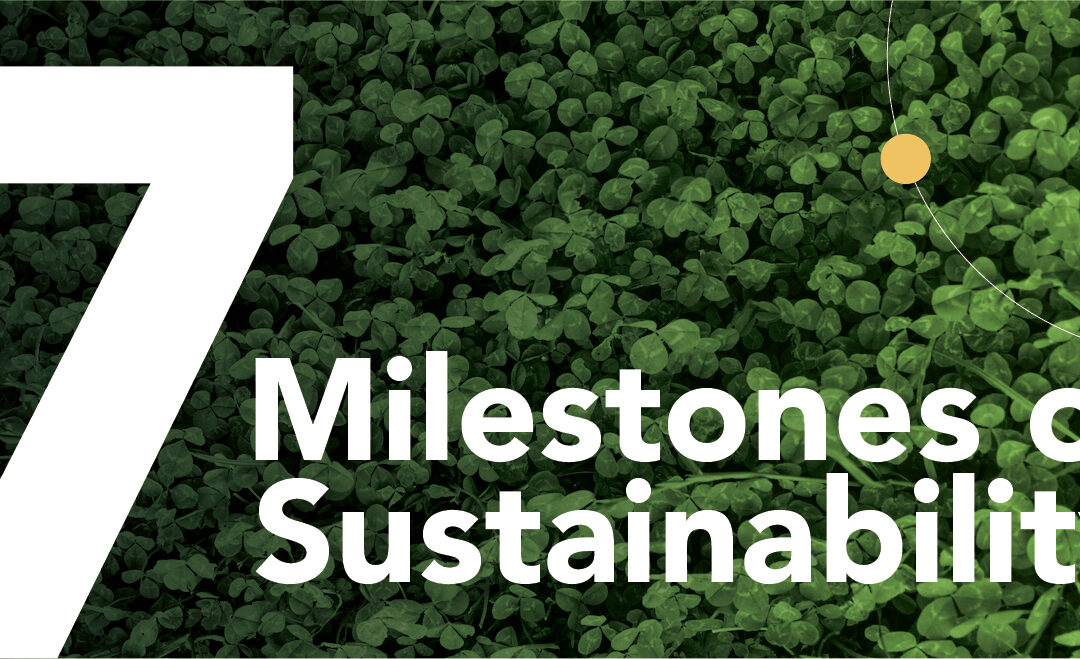As we are urbanizing, we have started to believe that urbanization is destructive as it overwhelmingly crushes green land. We often believe that being sustainable refers to de-urbanization. But that too is impossible, because we cannot force people to get settled in the countryside. Therefore, it becomes crucial to change the thinking of the common people.
However, throughout the last century, the world took various serious steps to become sustainable. Though it’s a long way to go, here we’ll cover those 7 important milestones in the history of sustainability that led our world to be more sustainable.
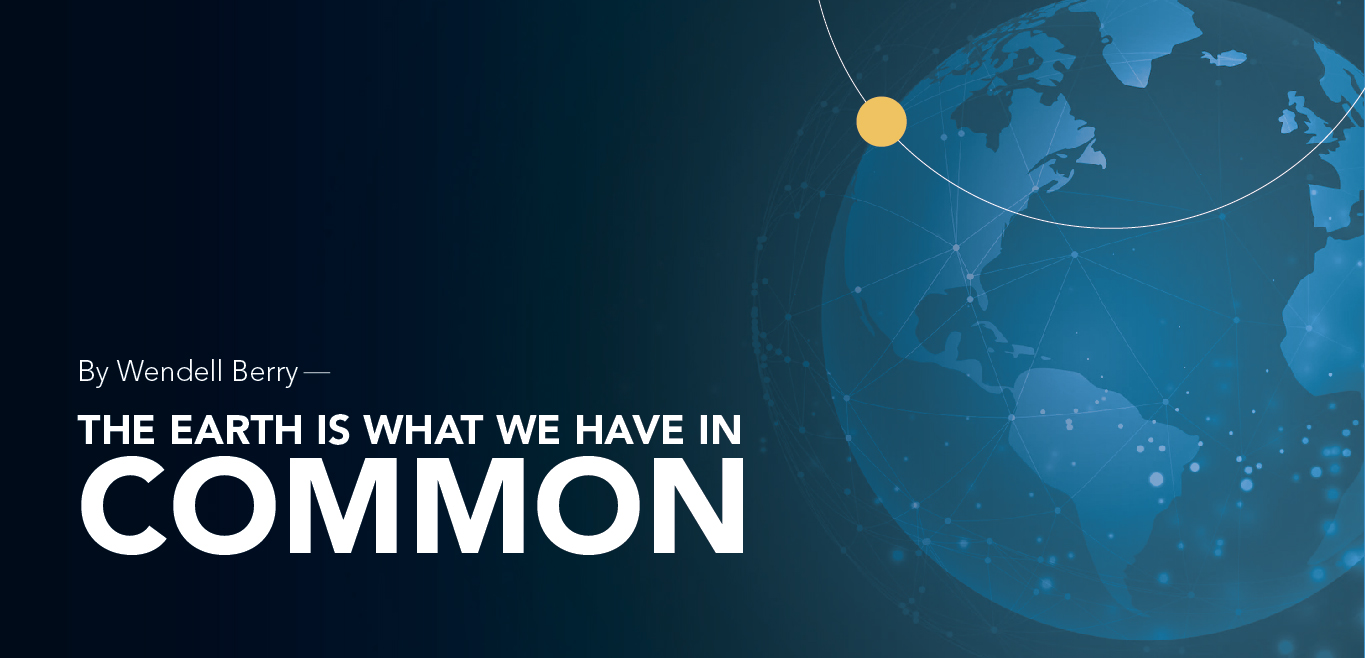
Declaration of Earth Day
The year 1970 could be considered one of the most crucial years in the history of sustainability. As the United States celebrated the first major environmental event termed “Earth Day”. More than 20 million local Americans gathered to defend the planet. Thousands of colleges and universities, assembled for protests against the declination of the environment. Multiple groups fought against pollution as well as desertification and rescued biodiversity, believing that they shared common ethics. This led to a mass change in the atmosphere and became a milestone in the history of sustainability.
Sustainable Fashion came into the Limelight
In the same year, during the 1970s, new terminology was introduced. A new idea comes into the limelight. Sustainable fashion was introduced for the first time by the hippies. Following contemporary culture, hippies usually prefer handmade, pesticide-free products that are locally-gowns. They rejected the culture of mass production that had dominated the American market since the 1950s. However, they backed second-hand clothing. Their fashion was a counterculture to social norms, such as mass consumerism, materialism, and capitalism.
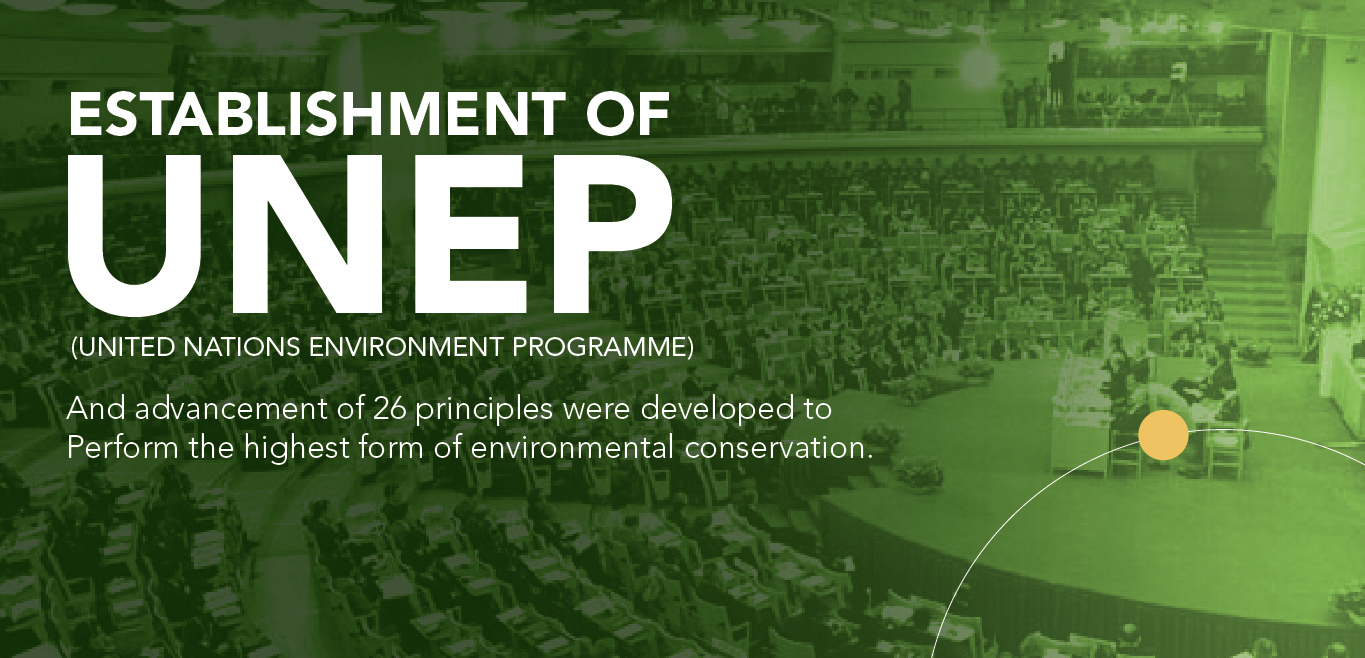
Global Conference to Protect Earth
In the year 1972, in Stockholm, during a global conference, 113 nations collectively signed a treaty to maintain the 26 principles to rescue and enjoy a healthy relationship with the environment. However, in the same year, on December 15th, the General Assembly of the United Nations established the UNEP (United Nations Environment Programme), a Nairobi-based agency with coordinating functions for environmental action. The ultimate goal of this mission was to enable leadership and encourage partnership in caring for the environment by inspiring, informing, and enabling nations that will eventually improve the quality of life without putting future generations at stake.
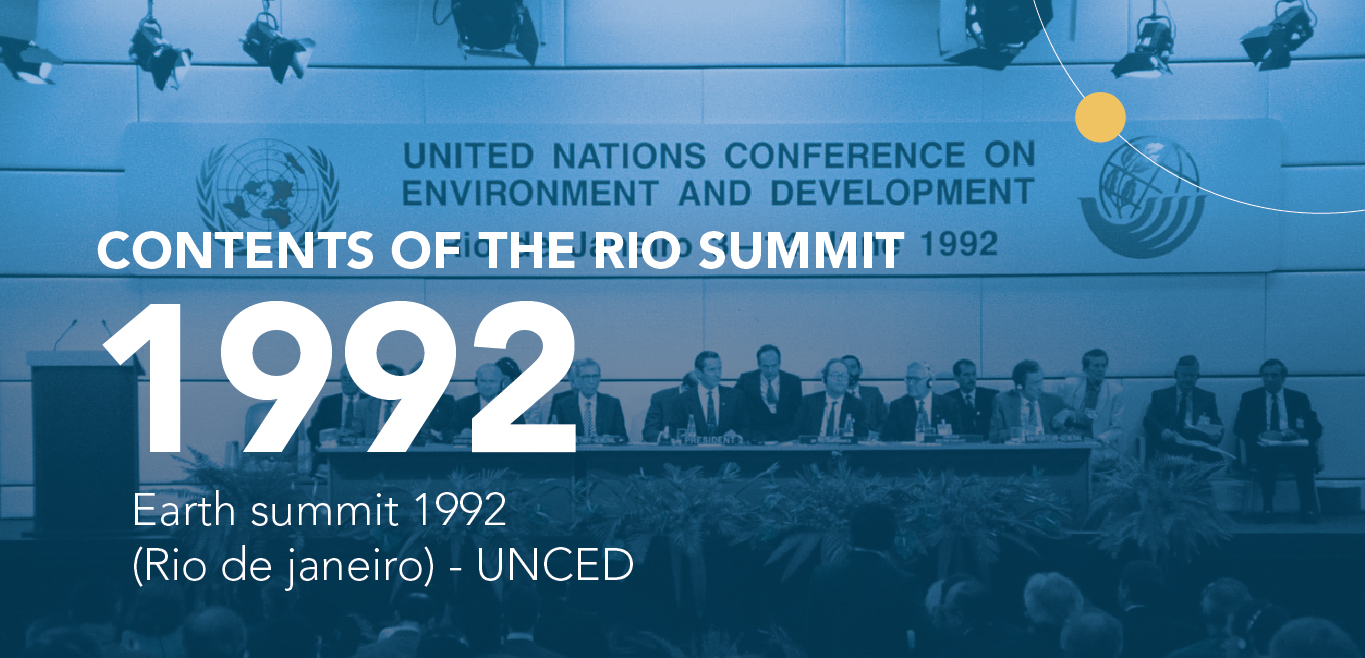
The Earth Summit
The year was 1992. The Earth Summit. The United Nations Conference on Environment and Development (UNCED) was held in Rio de Janeiro. Agreements are reached on the action plan Agenda 21, the Rio Declaration, and the non-binding Forest Principles. Two “Rio Conventions” are open for signature: the Convention on Biological Diversity and the Framework Convention on Climate Change. Negotiations on a third, the Convention to Combat Desertification, are called for. However, the next year, in 1993, the UN Commission had its first meeting on Sustainable Development, organized to ensure follow–up to UNCED, aimed to uplift international cooperation as well as to rationalize the intergovernmental decision-making capability.
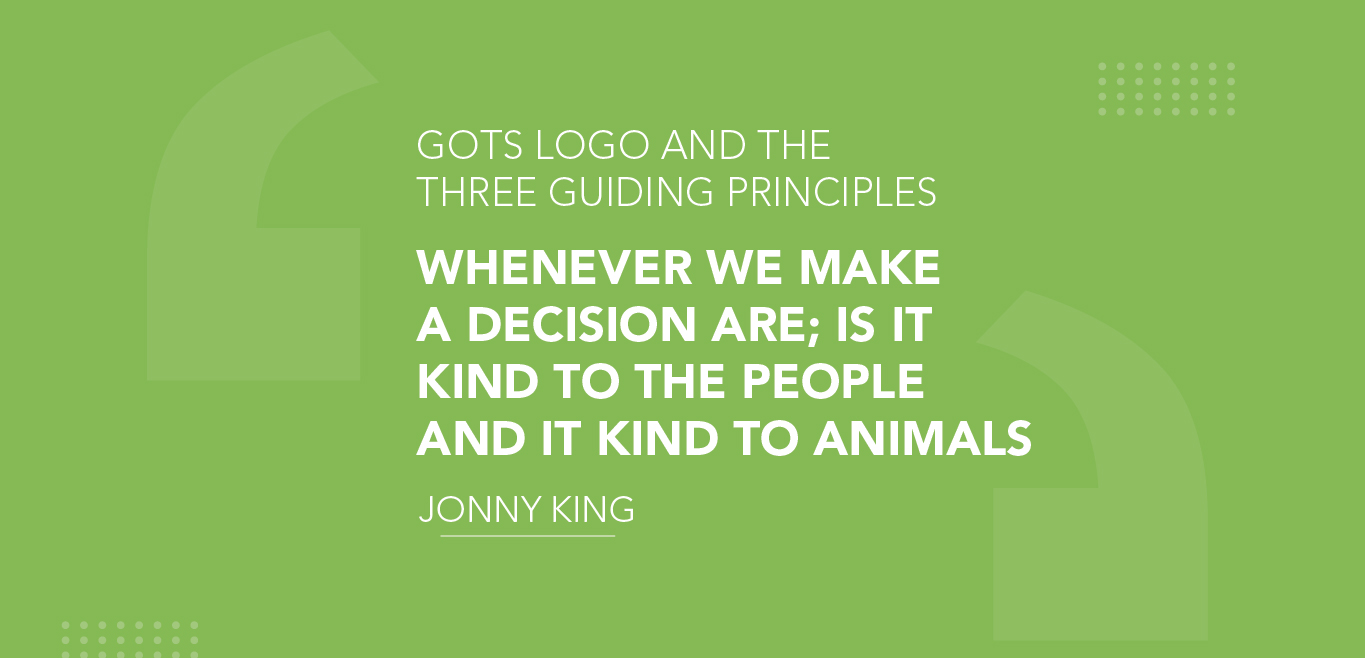
Establishment of GOTS
In the year 2002, the Global Textile Standard (GOTS) was established, with the aim of distributing the standard organic fibers internationally and ensuring the high-quality checks, safety, and use of sustainable fabrics for consumers. A declaration was issued that a brand with no leather content in their products but just a majority of organic natural fibers will be awarded the GOTS label. Additionally, it covers the processing, manufacturing, packaging, labeling, trading, and distributing of textiles, thus ensuring that they meet both environmental and social standards. Moreover, it takes care of the least chemical inputs, safe and hygienic working conditions, fair pay rates, and many more.
No Plastic Policy
It was 2002 when Bangladesh decided to stop consuming plastics. An amazing initiative by a nation that wasn’t known for contributing to sustainability till 2002. Bangladesh became the first nation to implement a permanent ban on the consumption of disposable plastic bags. As the nation witnessed, plastics were blocking the drainage systems of the nation during the catastrophic floods.
The Higg Index
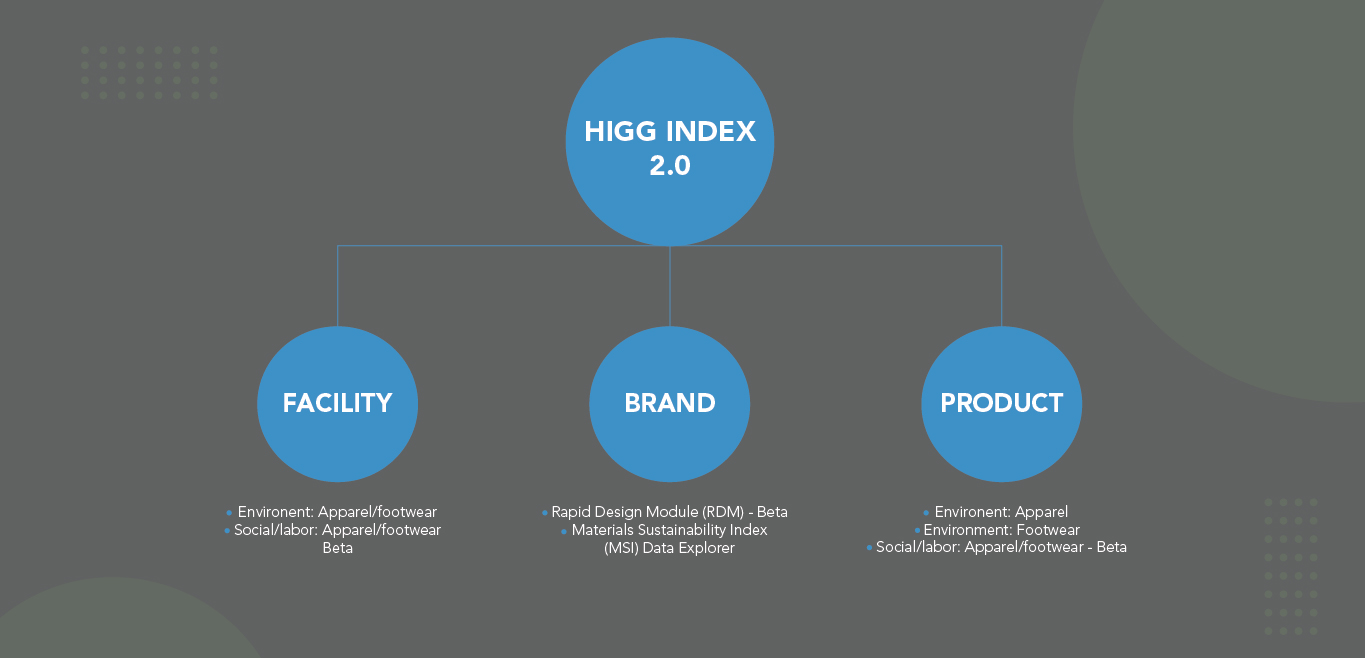
In the year 2012, The Higg Index, The Sustainable Apparel Coalition (SAC) developed the Higg Index, aiming to act as a tool that will contribute to quantifying their supply chains and the impact on the environment for retailers, brands, and manufacturers of all sizes. Additionally, it can be used as a transparent medium for companies by communicating clear and trustworthy messages to the market.
On the other hand, the Materials Sustainability Index (MSI) is also one of the common but important parts of the Higg Index. Amongst the most extensive and meticulous tools currently available to measure the various impacts of materials on the fashion industry.
Over the last century, the world has transformed a lot in terms of Urbanisation. Eventually, there were both positive and negative aspects but the steps taken for the upliftment of the environment were unique but effective. Multiple milestones were hit by the countries to tackle the devastating condition of the environment collectively. However, it’s still a long way to go.
